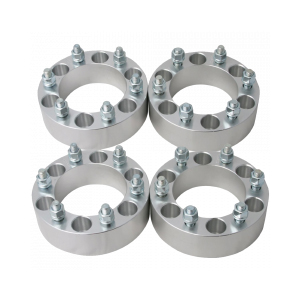14mm Sump Plug - High-Quality Engine Drain Plug
Understanding the 14mm Sump Plug Importance, Types, and Maintenance
The 14mm sump plug is a critical component in various automotive and machinery applications, serving as a vital part of the oil management system. Designed to seal the oil pan, it prevents oil leaks while allowing for easy access for oil changes and necessary maintenance. The specific size, 14mm, indicates the diameter of the plug, which is a common specification in many vehicles and equipment.
Importance of the Sump Plug
The sump plug plays several key roles in vehicle maintenance. First and foremost, it ensures the effective retention of oil in the oil pan. This is crucial because the engine relies on oil for lubrication, reducing friction between moving parts, dissipating heat, and prolonging engine life. A damaged or improperly sealed sump plug can lead to significant oil loss, which may result in engine overheating and eventual failure if not addressed promptly.
Moreover, during regular vehicle maintenance, the sump plug is removed to drain old oil, allowing for its replacement with fresh oil. This exchange helps maintain optimal engine performance, improves fuel efficiency, and minimizes harmful emissions. Therefore, the summation of its functions highlights the crucial role the 14mm sump plug plays in the overall health and performance of the engine.
Types of Sump Plugs
Sump plugs vary in terms of design and material, catering to different requirements. Common types include magnetic sump plugs, which feature a magnet to attract and collect metal debris from the oil. This is particularly beneficial as it helps prevent damage to engine components caused by metal particles.
14mm sump plug

Standard non-magnetic sump plugs usually come with a washer that helps create a seal, preventing leaks. Materials can range from aluminum to steel, with aluminum plugs generally being lighter and resistant to corrosion. Its specific choice in the context of a 14mm size depends on the vehicle's requirements, the type of oil used, and environmental factors.
Maintenance and Replacement
Proper maintenance of the sump plug is vital. During routine oil changes, it’s essential to inspect the condition of the plug, including its threads and the sealing washer. If the sump plug shows signs of wear, stripping, or corrosion, it should be replaced immediately to avoid leaks.
To replace a sump plug, the vehicle should ideally be lifted to provide access. Oil should be drained completely before removing the old plug. Upon installation of the new or inspected plug, it’s crucial to tighten it to the manufacturer-specified torque to ensure a proper seal.
Conclusion
The 14mm sump plug may often be overlooked, but its importance cannot be stressed enough. Regular inspection, maintenance, and awareness of its function can significantly influence the longevity and performance of an engine. By understanding the different types available and adhering to proper maintenance practices, vehicle owners can ensure their engines run smoothly and efficiently throughout their lifespan. Engaging in proactive care for such a small component can yield substantial benefits, reinforcing its value in automotive upkeep.
-
The Ultimate Guide to Boat Propeller Bearings and Trailer Wheel Bearings
News Jul.31,2025
-
The Essential Guide to Marine Bearings and Boat Trailer Wheel Bearings
News Jul.31,2025
-
The Complete Guide to Heavy Duty Seals: Protecting Doors and Spaces Efficiently
News Jul.31,2025
-
Essential Guide to Marine Shaft Bearings and Boat Trailer Axle Bearings
News Jul.31,2025
-
Comprehensive Guide to Marine and Trailer Bearings for Safe Boating and Transport
News Jul.31,2025
-
Comprehensive Guide to Automotive Oil Seals: Protecting Your Engine and Shafts
News Jul.31,2025
-
Understanding Automotive Oil Seals: Essential Components for Engine and Shaft Protection
News Jul.30,2025
Products categories















